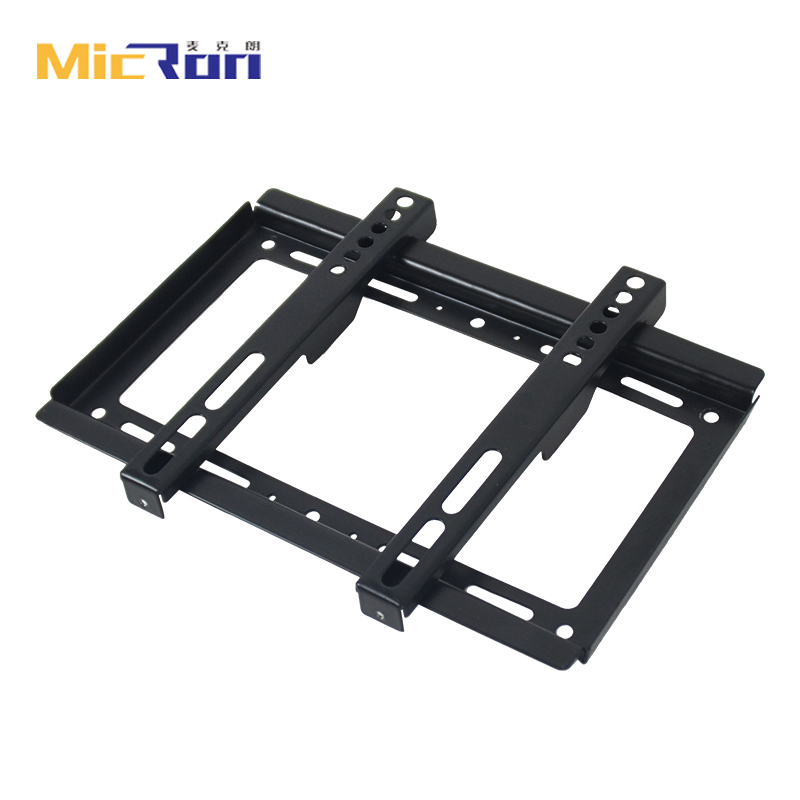Exploring OEM Support for TV Arm P4 and Its Compatibility with Modern Television Sets
Exploring OEM Support for TV Arm P4 and Its Compatibility with Modern Television Sets
Understanding OEM Support for TV ARM P4
In the ever-evolving world of technology, the demand for advanced TV systems continues to rise. With this growth, Original Equipment Manufacturers (OEMs) play a crucial role in defining the quality and capabilities of television products. One significant area of focus is the adoption of ARM architecture, particularly the ARM Cortex-A series, which includes the ARM P4 variant. This article delves into how OEM support for TV ARM P4 shapes the television market, enhancing performance and user experience.
What is ARM Architecture?
ARM (Advanced RISC Machine) is a family of computer architectures that are widely adopted in various electronic devices, including smartphones, tablets, and increasingly, televisions. The ARM architecture is known for its energy efficiency and high performance, making it an ideal choice for consumer electronics. The Cortex-A series, including the P4 variant, is designed for applications that require powerful processing capabilities while maintaining low power consumption, which is essential for modern televisions that incorporate advanced features such as 4K and 8K resolutions, smart functionalities, and interactive streaming applications.
The Role of OEMs in TV Manufacturing
OEMs are companies that design and manufacture products for other brands that sell these products under their own name. In the television industry, OEMs play a pivotal role by providing manufacturers with the components, technology, and support necessary to produce high-quality TV sets that meet consumer demands. This support ranges from supplying chipsets based on ARM architecture to providing software and firmware necessary for the operation of smart TVs.
Benefits of Utilizing ARM P4 in TVs
1. Performance The ARM P4 architecture is known for its high performance in processing tasks. This translates to faster boot times, smoother navigation through menus, and reduced lag during streaming. For consumers, this means a more enjoyable viewing experience as they can switch between applications seamlessly and enjoy high-definition content without interruptions.
oem supports for tv arm p4

2. Energy Efficiency One of the standout features of ARM processors is their energy efficiency. In a world increasingly concerned with energy consumption and sustainability, utilizing ARM P4 in televisions allows OEMs to create products that consume less power. This factor is particularly important for large-screen televisions that consumers often leave on for extended periods.
3. Enhanced Features ARM P4 supports advanced multimedia codecs and graphic processing capabilities, enabling OEMs to integrate features like HDR (High Dynamic Range) and improved color accuracy. This enhancement ensures that consumers benefit from the latest visual technologies that significantly improve their viewing experience.
4. Customization and Scalability The flexibility of ARM architecture allows OEMs to customize their television offerings based on market needs. Whether it's creating budget-friendly models or high-end smart TVs equipped with the latest technologies, ARM P4 provides the scalability required to meet diverse consumer preferences.
Challenges and Considerations
While the proliferation of ARM P4 in TV manufacturing brings numerous benefits, OEMs must also navigate challenges such as fierce competition among manufacturers, the need for ongoing software updates, and security concerns associated with smart television features. Additionally, ensuring compatibility with various streaming services and applications is crucial to meet consumer expectations.
Conclusion
In conclusion, OEM support for TV ARM P4 is shaping the future of television technology. By leveraging the power of ARM architecture, manufacturers can deliver TVs that not only meet but exceed consumer expectations, providing enhanced performance, energy efficiency, and rich feature sets. As the market continues to evolve, the collaboration between OEMs and ARM technology will remain vital in fostering innovation and providing exceptional viewing experiences in the living rooms of consumers worldwide. The continued emphasis on developing and supporting ARM architecture will undoubtedly keep defining the standards for modern televisions in the years to come.
-
Premium Tilt TV Mount Exporters | Durable & AdjustableNewsAug.02,2025
-
Apartment TV Mount Installation: Expert Guide & TipsNewsAug.01,2025
-
Top Tilt TV Mount Exporters | Premium Export SolutionsNewsJul.31,2025
-
Premium Tilt TV Mount Exporters | GPT-4 Turbo EnhancedNewsJul.31,2025
-
Reliable Tilt TV Mount Company & Manufacturer, Factory Direct PriceNewsJul.30,2025
-
Reliable Tilt TV Mount Company & Manufacturer, Factory Price & ServiceNewsJul.29,2025
